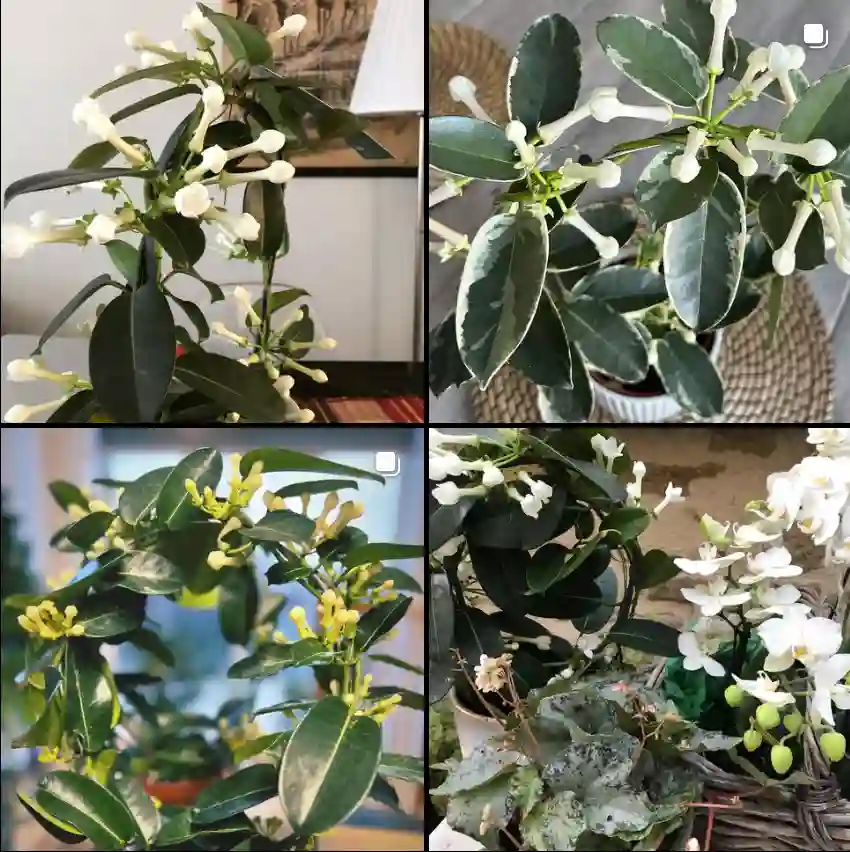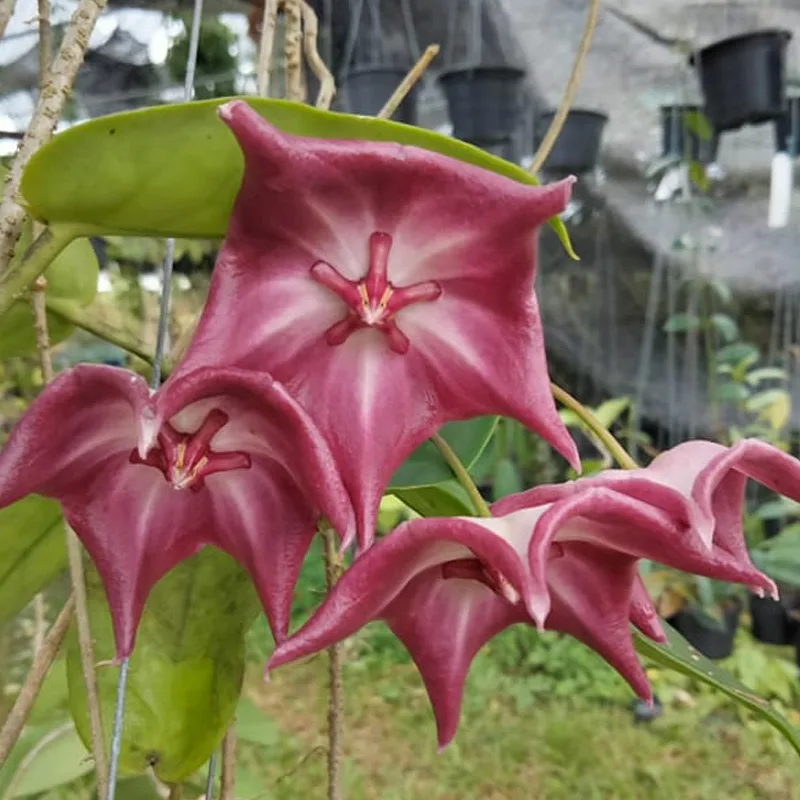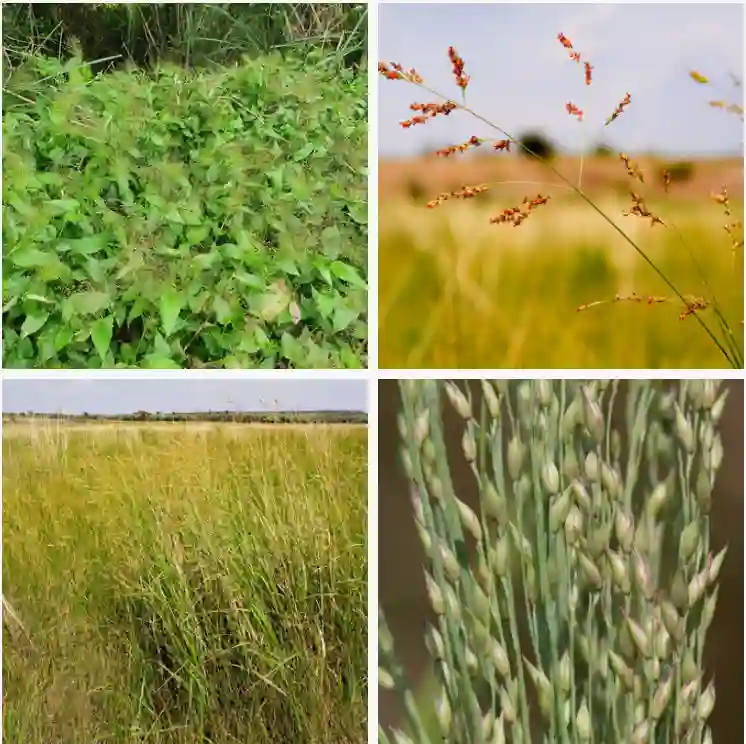What is Passiflora Lutea?
For years, I’ve been captivated by the unique beauty of climbing vines. Their ability to transform a bare wall or fence into a lush tapestry is simply unmatched. But among the many varieties I’ve encountered, the Yellow Passionflower (Passiflora lutea) holds a special place in my heart. Its delicate yellow blooms and vibrant green foliage create a stunning display, while its ecological benefits make it a welcome addition to any garden.
This wasn’t always the case. My initial forays into cultivating Passiflora lutea were met with mixed results. The desire to witness its magic firsthand outweighed any initial research, leading to a few missteps. But through trial and error, I’ve come to understand the specific needs of this captivating vine. Now, I’m eager to share my experience and help others cultivate their own slice of passionflower paradise.
595 Species in Genus Passiflora
Passiflora Lutea vs Suberosa
When I compared Passiflora lutea to Passiflora suberosa, I found that the lutea’s vibrant yellow flowers stood out much more, adding a bright pop to my garden. In contrast, the suberosa, with its more subtle orange blooms, seemed to blend in more and didn’t grab my attention as much. The lutea was also more vigorous in growth, covering my trellis quickly, while the suberosa took its time and needed more encouragement to thrive. I enjoyed the more striking visual impact of the lutea, though I appreciated the unique, slightly exotic look of the suberosa in a more understated way.
How to Grow Passiflora lutea?
Growing Passiflora lutea is a rewarding experience, but it requires a touch of knowledge and care. Here’s a breakdown of the key steps:
- Finding the Perfect Spot: Passiflora lutea thrives in full sun to partial shade. Aim for at least 6-8 hours of direct sunlight daily. The soil should be well-draining and fertile. Amending your existing soil with compost or aged manure can significantly improve drainage and provide essential nutrients.
- Planting: Spring is the ideal time to plant your Passiflora lutea. Dig a hole twice the size of the root ball and amend the surrounding soil. Gently place the vine in the hole, ensuring the crown sits slightly above the soil level. Backfill the hole, water thoroughly, and stake the vine to provide initial support.
- Nurturing Growth: Water your Passiflora lutea regularly, especially during its first growing season. As the vine matures, its water requirements decrease. Mulching around the base of the plant helps retain moisture and suppress weeds. During the growing season, a balanced fertilizer applied monthly can promote healthy growth and prolific blooms.
Is Passiflora lutea Self-Pollinating?
This is a common question for new Passiflora lutea enthusiasts. The answer is no, Passiflora lutea is not self-pollinating. It relies on pollinators, such as bees and butterflies, to transfer pollen between flowers and facilitate fruit production.
However, there’s no need to fret if you don’t have a bustling pollinator population in your garden. Planting multiple Passiflora lutea vines in close proximity increases the chances of successful cross-pollination and subsequent fruit set.
Beyond the Bloom: Additional Care Tips for Passiflora lutea
With proper care, your Passiflora lutea vine can thrive for many years. Here are some additional tips to keep in mind:
- Pruning: Regular pruning encourages bushier growth and promotes flower production. Prune lightly in early spring before new growth emerges. You can also prune throughout the growing season to maintain the desired size and shape.
- Winter Care: Passiflora lutea is a hardy vine, but it can benefit from winter protection in colder climates. Apply a layer of mulch around the base of the plant to insulate the roots. In very cold regions, you can also consider covering the vine with burlap or frost cloth.
What to Plant with Passiflora lutea?
Passiflora lutea’s vibrant personality makes it a versatile addition to various garden designs. Here are some ideas for companion plants:
- Milkweed: This native plant attracts butterflies, including the Monarch butterfly, which can also pollinate your Passiflora lutea.
- Clematis: Clematis offers a beautiful counterpoint to Passiflora lutea’s yellow blooms with its vibrant blue or purple flowers. Both vines can be trained to share the same support structure.
- Herbs: Planting fragrant herbs like lavender or thyme near your Passiflora lutea can attract beneficial insects that help control pests.
With its delicate beauty and ecological benefits, the Yellow Passionflower is a captivating addition to any garden. By following these simple tips, you can cultivate your own slice of passionflower paradise and witness its enduring charm firsthand.
If i die, water my plants!



